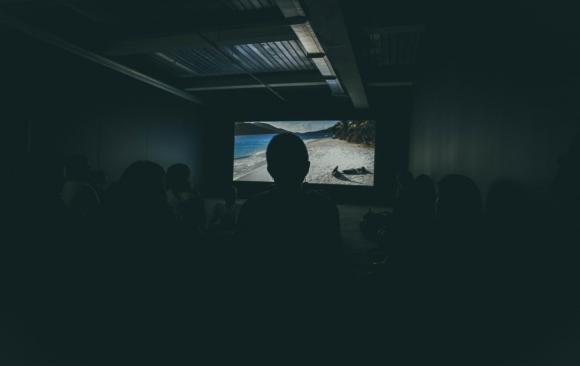


Video editors are visual storytellers that give videos meaning through the arrangement of images, symbols, color, rhythm, and sound. To do so, they review footage after it is shot, remove unnecessary scenes, marry clips together, build the structure of the video, and find the rhythm of the story.
During the edit, the video editor makes critical decisions that will impact whether or not the final product achieves its desired results.
While many people assume the video editing process begins in post-production, video editors are becoming increasingly influential in planning and producing video content. They must be expert storytellers, be able to guide crew members through production technology and logistics, and direct the edit.
During each stage of the video editing process, editors are responsible for:
The similarities in the creative processes for screenwriting and editing have led to a recent trend of editors doubling as writers. Specifically, with editorial or documentary videos, editors are building the script in the edit. On narrative videos, story artists, directors of photography, and the screenwriter will work with editors to assemble a shot list, determine the shot composition, and stitch together storyboards into a rough draft of the video.
At this point, editors will also work with the director, producer, and director of photography to plan out the production workflow, technology, and logistics of the shoot.
Reviewing dailies, which is footage that comes in as it’s shot, is very important. The last thing you want to happen is to get into the editing room, ready to build your story, only to realize that you could’ve used an extra shot or a completely different scene. By that time, it’s too late, and you’ll have to work without that footage. By checking your footage at the end of each day, you can look for holes, mishaps, or differences in what you conceptualized during pre-production.
First assembly includes taking all the usable footage and placing it in a sequence. Since there will often be multiple takes of the same shot, you’ll need to have them all in one place to help you choose what to use for the final edit. Depending on the project and the size of your team, this is where the director and producer might get involved with decision-making during the editing process.
This is also where B-roll, footage captured to help supplement or support the main shots, gets separated and logged according to what’s needed.
The story begins to take shape and develop a rhythm during the rough cut phase. In video, timing is a huge factor when determining what connects with the audience. And it’s the video editor that influences timing the most. This is where your decisions on whether a scene needs a fast cut or an extended pause could make or break a project. Once you make your decisions, you share the rough cut with the director, producer, or client before moving on to the final cut.
Cutting and timing of footage become finalized during the final cut, and anything that doesn’t help tell the story gets removed. Visual effects, graphics, and audio — typically planned out during pre-production — are all added and mixed. Once mixing is complete and each scene approved, the process moves on to color grading.
Because of advancements in technology, color grading is becoming more common in the video editing process. Color grading helps set the mood and tone of a video, while also giving it a unique look. Video editors should become familiar with software like DaVinci Resolve or Adobe Speedgrade to help them gain skills in color grading.
The video editing process may seem long, but thanks to hard-working editors and advances in technology — each step is more efficient than ever.
In the early 1900s, editors used scissors and tape to cut multiple scenes into movies. The first editing machine, Moviola, was created in 1924 by Iwan Serrurier. It wasn’t until 1934 when editors started getting recognized for their achievements by the Academy Awards. The first Oscar for editing went to Conrad A. Nervig for his work on the film Eskimo.
Electronic editing began in the 60s and turned digital during the 70s thanks to the first computerized nonlinear editor (NLE) called the CMX 600. For the first time, editing utilized disk drives — which, at that time, were the size of washing machines.
In the 80s, Lucasfilm created the EditDroid–a computer workstation using LaserDiscs–and in 1988-91, EMC and Avid, followed by Adobe Premiere ushered in the era of professional editing software.
Now, editors use laptops, desktops, and NLEs for almost all post-production tasks.
People and audiences connect through stories, so having a strong understanding of storytelling will influence how great of a video editor you become.
Besides storytelling, it is crucial to be proficient with professional editing software. Final Cut Pro or Adobe Premiere Pro are the most common programs. As mentioned before, you should also learn and develop skills for audio and graphics using a program like After Effects.
The video industry, no matter where you work, tends to value experience far more than formal education. This means it’s paramount that you don’t wait to land a job before you develop your skills. Get some video editing software and start making lots of videos in a variety of different ways.
A great way to gain that experience right now is by attending an upcoming orientation at Manhattan Neighborhood Network. Not only can you take classes that will help you hone your video editing skills, but you’ll get access to state of the art edit suites and to people who have been working in film and TV for years.
Sign up for an upcoming orientation to become a rockstar video editor now.